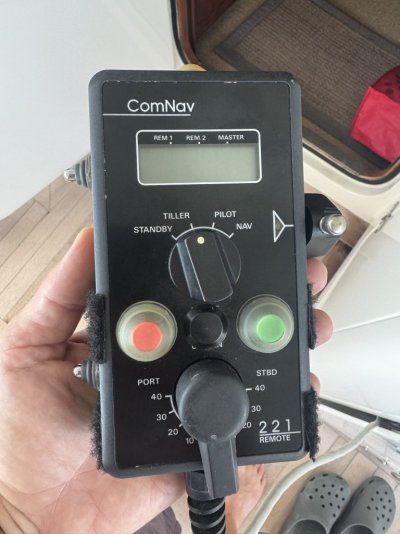Thanks! Akeeva has been in Mexico for the last several years, but we're heading back towards the PNW soon. Almost every time I use the Seattle Yacht Club outstations at Friday Harbor or Henry Island, I use rudder and throttle to overcome current. The thrusters don't have enough oomph to deal with several knots of current and I'm a lot more comfortable if I'm not grinding away on them for every steering command in a marina or anchorage.
I've been running a 77' Northern Marine for the last several years and ~20,000nm. It's got hydraulic bow and stern thrusters. Last month we were anchored in Kaneohe Bay watching Pacific Cup boats finish, I was alone onboard, and as the wind came up we slowly dragged towards a reef. With wind gusting over 30 knots, I took the wired remote from the pilothouse to the bow, pulled the anchor, drove the boat forward a few hundred yards through anchored boats, and reset the anchor. Doing all that maneuvering with only thrusters and idle might have been possible, but it was a whole lot easier, safer, and quieter with throttle and rudder control.
Don't get me wrong--I think there are merits to a wireless control system, chief among them the ability to step onto the dock and secure lines while maintaining vessel control--but I'm not interested in a solution that doesn't include throttle and rudder control.

